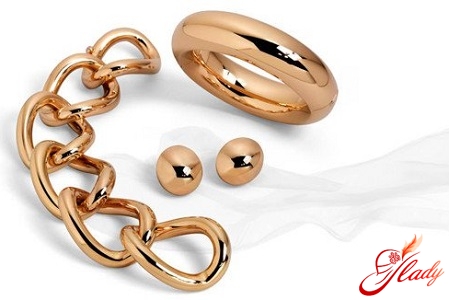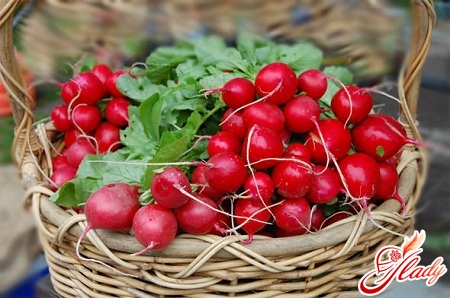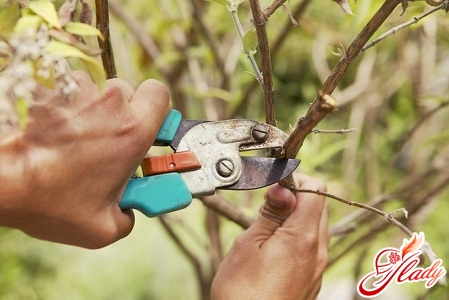 Pruning fruit trees is one of thethe most important gardening work carried out in early spring. This work does not take much time and effort, and its results are difficult to overestimate. Spring pruning of trees is not an immediate result, but work for the long term. Therefore, it cannot be ignored - this work will still have to be done, only pruning of trees that were neglected earlier will be much more difficult. Incorrect pruning of fruit trees or its absence can not only have a bad effect on the fruit-bearing tree, but also completely ruin it. And the fruits of labor, on which a lot of time and effort was put over several years, will be ruined. Some believe that when pruning fruit trees, it will be quite enough to remove dead or frozen branches. This, in fact, is very important, but the main goal of spring pruning of fruit trees, both young and mature, is the correct formation of the crown of the fruit tree.
Pruning fruit trees is one of thethe most important gardening work carried out in early spring. This work does not take much time and effort, and its results are difficult to overestimate. Spring pruning of trees is not an immediate result, but work for the long term. Therefore, it cannot be ignored - this work will still have to be done, only pruning of trees that were neglected earlier will be much more difficult. Incorrect pruning of fruit trees or its absence can not only have a bad effect on the fruit-bearing tree, but also completely ruin it. And the fruits of labor, on which a lot of time and effort was put over several years, will be ruined. Some believe that when pruning fruit trees, it will be quite enough to remove dead or frozen branches. This, in fact, is very important, but the main goal of spring pruning of fruit trees, both young and mature, is the correct formation of the crown of the fruit tree.
Formation of the crown of fruit trees
It is important to do crown shaping regularly,starting from the moment of planting the seedlings. Then from the very beginning the trees will develop correctly, and pruning will not cause any special troubles. Usually the crowns of fruit trees are spreading and have a large volume. At the same time, in the depths of the crown itself, the branches, growing, become bare, and most of the foliage and ovaries, and, accordingly, the fruits, gradually shift to the edge of the crown and to its upper part. If the volume and shape of the crown of the fruit tree are not formed in a timely manner, and its growth is not directed in the desired direction, then after some time the tree becomes tall, powerful and thickened. Such spontaneously growing fruit trees shade the area, and, therefore, interfere with the development and growth of nearby plants. The fruits of such trees, as a rule, become smaller, and sometimes become less brightly colored. Although, it must be admitted, their number can increase significantly. There is nothing good in increasing the number of fruits either, because most of them fall off when they are still unripe, and harvesting the crop is significantly more difficult due to the height of the tree. Moreover, the lifespan of trees with an unformed crown, as a rule, is significantly reduced, since they often become weaker, and therefore less resistant to diseases and pests. It also happens that unpruned trees with an unformed crown at a certain age can simply break in half under the weight of the growing crown. Especially during the period of mass fruiting. This can lead not only to the death of skeletal branches, but also to the complete loss of the tree. In addition, gradually, over time, caring for such trees becomes significantly more difficult, and causes serious trouble for the gardener. It becomes very difficult to spray the crown of such a tree, because it is almost impossible to treat branches growing in all directions. Partial treatment does not provide the necessary efficiency. It is also difficult to harvest from spontaneously growing trees. This is possible only with the use of various devices and high ladders. But even in these cases, part of the harvest remains on the tree. In order to remove these fruits, you need to shake the tree. As a result, the harvest decreases not only quantitatively, but also qualitatively, and harvesting turns into hard and tedious work. In addition, by knocking down the fruits, you can inadvertently cause significant damage to the tree.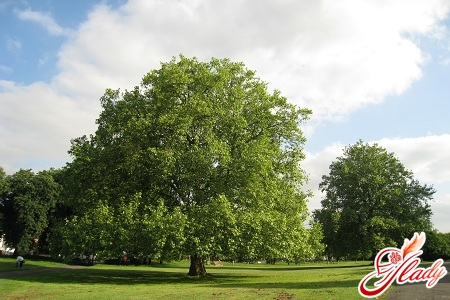
Methods of pruning garden trees
Pruning fruit trees involves a whole system of techniques for regulating their growth. In practice, two techniques are used for pruning fruit trees:
- thinning - branch cutting at the point of its exit from the main trunk or from a larger branch
- shortening, or trimming - in this case cut off only a certain part of the branch
Only unnecessary branches are cut out completely.choking the crown, as well as underdeveloped, rubbing, intertwining, growing downwards or upwards, as well as broken and diseased. Shortening is a stimulating technique, as it enhances the development of the tree. Pruning of trees, fruit and berry, is usually used for the initial formation of the crown of a young tree. Branching in the right place is achieved by pruning. This is especially often used to lay a new tier of branches. Pruning of fruit trees increases the overgrowth of branches. In addition, this is how they prevent legginess in fruit trees. Shortening is used to change the direction of branch growth. In adult trees with strong growth, pruning helps to limit the size of the crown and keep it within the required volume. Shortening shoots on aging fruit trees leads to rejuvenation of the tree, increased growth and the formation of young shoots. Pruning is also used in the case of crown freezing in the winter, to restore it. It should be borne in mind that pruning of fruit trees of those varieties that are characterized by a strong and very strong ability to form shoots and awaken buds cannot be used, because this causes thickening of the crown of the fruit tree. With the optimal length of growth of the main branches and the conductor (main trunk), pruning should also not be done. This can lead to negative consequences, such as a decrease in the harvest, because fruiting mainly occurs at the ends of young shoots.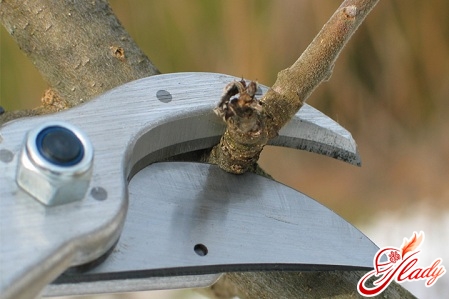
How to trim trees
When pruning less than a third of a branch, shorteningназывают слабым, от трети до половины – средним, а более половины – сильным. Срезы делают на почку, которая расположена на внешней стороне ветви. Сильные ветви при укорачивании срезают над боковой ветвью, ориентированной в нужную сторону (обрезка на перевод). Если ветви в диаметре меньше трех сантиметров, то срезы делают секатором, более же толстые ветви обрезают пилой. При обрезке плодовых деревьев секатором, его надо направлять поперек ткани, не допуская перекосов и поворотов. Срез производится так, чтобы его окончание приходилось несколько выше верхушки почки. Вырезая ветви целиком, следует делать срез у основания по кольцевому наплыву. Очень крупные ветви удаляются частями. Сначала намечают место спила, а затем на расстоянии десяти-тридцати сантиметров от него (это зависит от ширины и длинны ветви) делают снизу запил. Пилить нужно, пока пилу не заклинивает. После этого надо отступить три-пять сантиметров, и сделать второй запил сверху. Тогда в этом месте ветка отламывается. После того, как ветвь удалена из кроны, следует выпилить в нужном месте оставшийся пенек. Причем делать это нужно осторожно, чтобы не получилось задиров коры. Спилы менее одного – полутора сантиметров можно не замазывать и не закрашивать. На молодых деревьях они сами хорошо зарастают, а на старых они находятся, в основном, на периферии кроны, что не составляет опасности даже в случае слабого и медленного зарастания. Крупные раны, особенно на основных скелетообразующих ветвях и основном стволе, надо сначала зачистить, срезать задиры коры, а затем хорошенько их закрасить или замазать. Замазать раны можно садовым варом, а закрасить – любой краской на основе натуральной олифы. Наносить защиту на «рану» следует не позднее двух часов после среза. Если рана еще не заросла, а краска или замазка стерлись, необходимо их нанести снова. Существуют различные системы формирования кроны плодовых деревьев, среди которых наиболее распространенной является разрежено-ярусная крона. В этом случае в нижней части делают ярус из двух сближенных или смежных скелетных ветвей, а третью оставляют на расстоянии пятнадцати-тридцати сантиметров. Допустимо делать ярус и из трех ветвей. Остальные же ветви размещают вокруг ствола одиночно или создают из двух ветвей второй ярус и еще одну-две располагают по одной. Расстояние между ярусами в средней зоне для сортов с широкой кроной устанавливают 0,6-0,8 метра, а для сортов с приподнятой кроной – 0,8-1м. В качестве скелетных ветвей выбирают те, которые равномерно расположены по окружности кроны под углом 45-70° к основному стволу. Оптимальные углы расхождения между скелетными ветвями составляют приблизительно 120°. Скелетные ветви 2-го порядка следует закладывать только на трех нижних ветвях. Причем их должно быть на каждой ветке не больше двух. Ветвей второго порядка формируют столько же, сколько и перового. Первые разветвления на основных ветках должны располагаться больше, чем на 0,5-0,6 м от их основания. Такой способ формирования кроны позволяет легко добиться желаемого результата и получить долго и хорошо плодоносящее дерево. Как утверждают те люди, для которых главным хобби является садоводство, обрезка плодовых деревьев должна проводиться до распускания почек. При этом следует ориентироваться по конкретным погодным условиям. Но обрезку, как правило, делают не позже середины апреля. Если говорить об очередности обрезки, то в первую очередь необходимо обработать ягодные кустарники, потому что почки на них начинают набухать очень рано, а листья проклевываются почти сразу после схода снега. Затем обрезаются молодые и плодоносящие деревья – груши и яблони, ну, а уж потом косточковые культуры – черешня, вишня, слива и пр.




